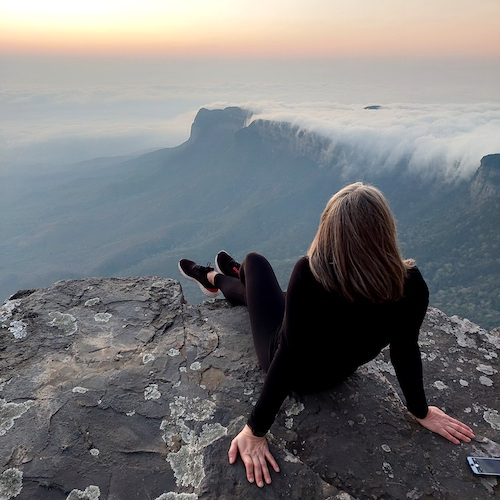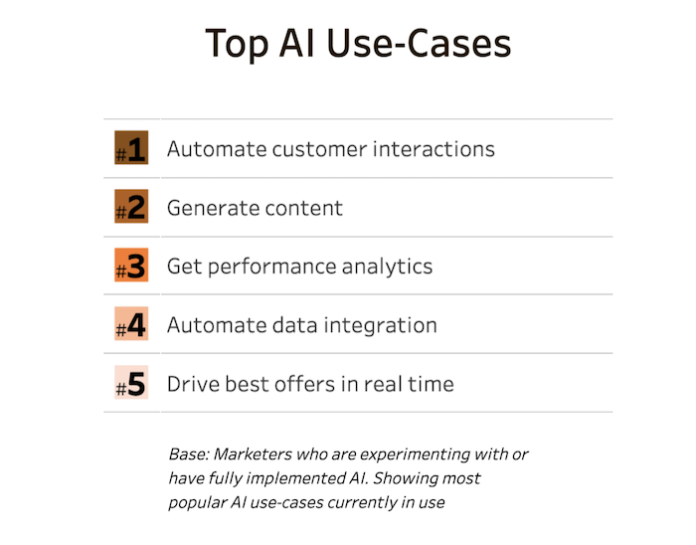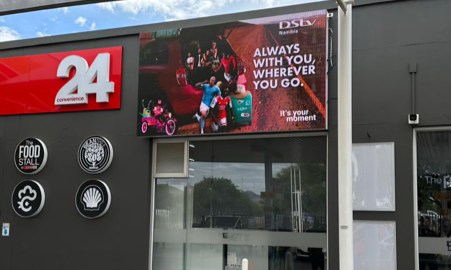Caroline Smith, Head of public relations at Flow Communications, says that for optimal media coverage, it’s all about finding the sweet spot.
There are many ways to ‘do’ public relations, but getting it really right – in other words, attaining the greatest media bang for your client’s buck – requires a fine balance.
When putting together a PR campaign, you consider four classes of media: paid, earned, shared and owned. The trick is to harness each of them in ways that are complementary, have the greatest impact and derive (or even exceed) the communications results you want.
We’ve very successfully followed this approach, called the PESO Model™, for many years, and as it’s evolved over time, so have we. PESO is, clearly, an acronym for:
Paid media: advertising is the most obvious example – print adverts, broadcast commercials, billboards and so on. Even in our digital world, it’s powerful and pervasive; I learned recently, for example, that the average Joburger is exposed to 500 billboards for every kilometre they travel. But there are many other paid media avenues, such as social media advertising (for example, video ads on YouTube), radio live reads, sponsored content on blogs and news websites, in-game advertising, search engine marketing and, often controversially, influencer marketing
Earned media: this is when you do something that is so interesting and exciting, people want to publish it. Besides media releases, however, there are less obvious but often very profitable possibilities: for example, broadcast interviews, customer reviews, word-of-mouth referrals, traffic from other websites to yours and user-generated content shared on social media. Parodying of your brand, even if you don’t think it’s funny, is also earned media.
Shared media: this is when others share your campaign, amplifying it to the audiences you want to reach. An example of this is the work Flow Communications did for the Zenzele antiretroviral adherence campaign, where we did direct, targeted communications on radio (using doctors as spokespeople), and got the stations to promote Zenzele on their own social media accounts.
Owned media: your website and social media accounts stand out as platforms that are yours to do with as you will. But there are others to consider, too: newsletters and other email communications, direct marketing material, letterheads, invoices, business cards, the branding on your building, exhibitions and webinars that you host.
Underpinning all four media types is something that barely existed 20 short years ago: social media. It uniquely runs the gamut of the entire PESO ecosystem, and now it’s a vital element of any communications mix.
Think of each media type as a circle in a Venn diagram. Where they overlap is where those sweet spots can be found, depending on your communications objectives – and there are interesting convergences that deliver particular outcomes. For instance, when you focus on both earned and shared media, you’ll create community. There’s a place between paid and owned media that’s perfect for lead generation. And the nexus of shared and owned media is exactly where you play for search engine optimisation.
More and more, we’re seeing a trend where the media are saying that if you don’t pay, you can’t play: that coverage is contingent upon you placing advertising with them. So there’s a spot between paid and earned media where you’re paying somehow; sometimes it’s paying a PR agency to earn you media, and sometimes it’s as unsubtle as paying the media to give you coverage.
Fundamentally, when you get the various forms of media to talk to each other and to intersect with each other, you create a much louder message than you would by just using the one; you can create a kind of echo-chamber effect. So, how do you do that?
An effective integrated PR strategy, across all communications campaigns, works like this:
– Identify your audience(s) and the media channels to reach them.
– Create cohesive message across the media types.
– Allocate your resources effectively, based on your goals and your budget.
– Measure and analyse your performance metrics so that you can optimise your strategy.
Part of any strategy is to determine what your outputs will be: articles, social media posts, radio and/or digital advertising and influencer posts, among many other possibilities. Then draw up a simple outputs table to see whether or not you have balance across the media types, and ensure that the campaign is suited to your objectives.
There are many examples of a successful PESO approach. For example, Coca-Cola’s famous Share a Coke campaign, which included that slogan and popular names on its product packaging, was ideal for sharing on social media. It was so successful in markets all over the world that Coca-Cola did variations on it for years.
Dove’s Campaign for Real Beauty, which challenged conventional notions around beauty, is another. Sparked by paid and owned media, it created conversations and gave rise to communities where people shared their stories, earning widespread media coverage.
Twenty years later it still has legs, having metamorphosed over time into several related campaigns. So when next you plan to put your brand out there, consider your objectives and how you will employ paid, earned, shared and owned media to achieve them. And most importantly, think about how you will balance each for best effect.
FLOW COMMUNICATIONS
https://www.flowsa.com/















